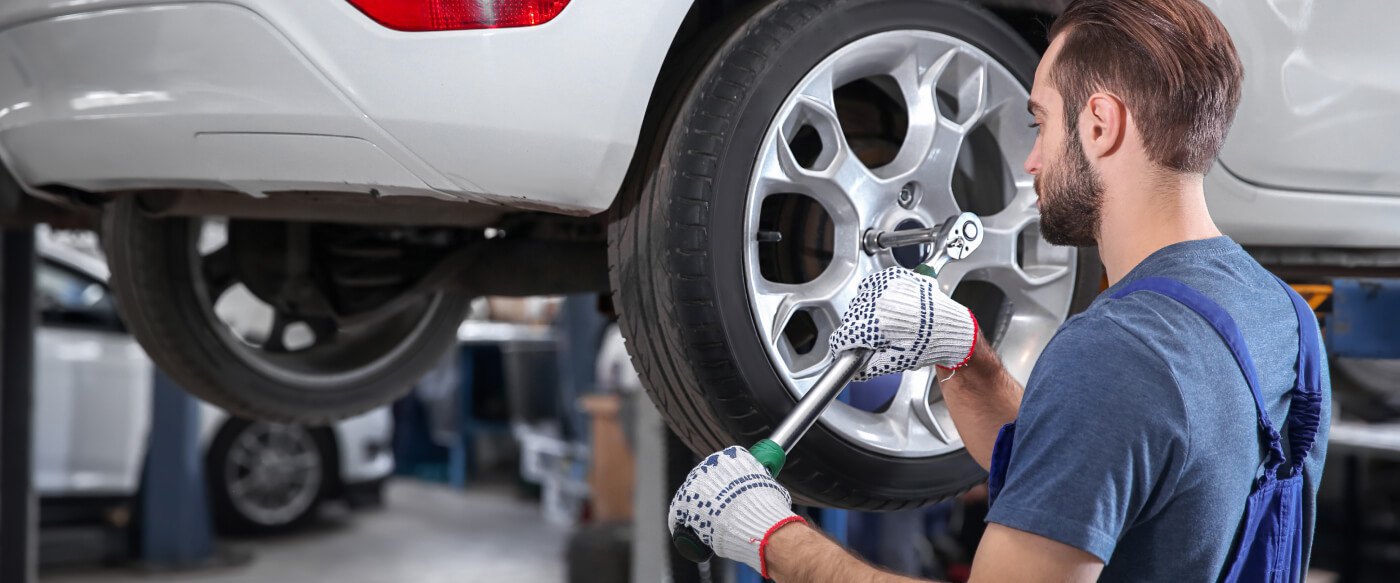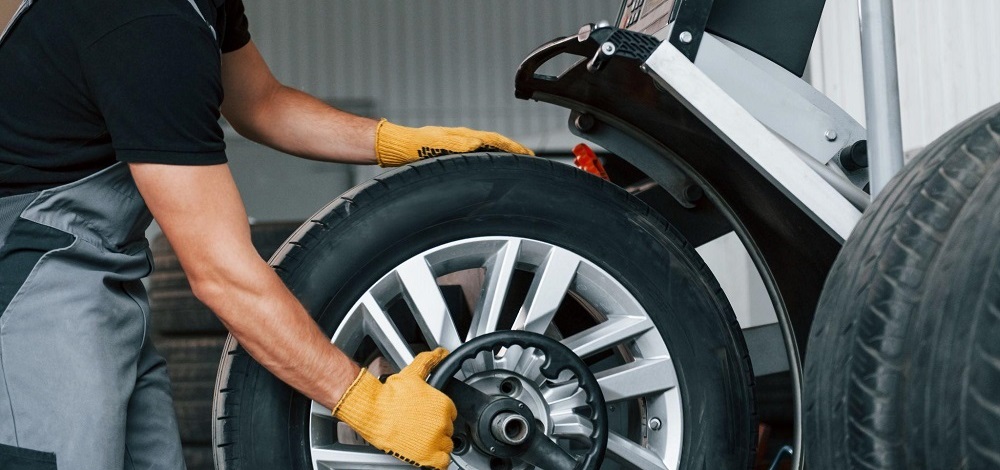Boost Your Adventure: Count On Morris Tires for GMC Tires Service
Boost Your Adventure: Count On Morris Tires for GMC Tires Service
Blog Article
Tire Solution: The Effect of Climate Condition
When it comes to ensuring optimum performance and security when driving, comprehending the impact of weather on tire service is important. From scorching warm to icy roads, each climate component can significantly influence tire performance and overall driving experience. By delving into the results of differing weather on tires, drivers can obtain valuable understandings that may boost their automobile's efficiency and longevity. In this conversation, we will discover the intricate connection in between weather conditions and tire service, clarifying the significance of weather-specific tire maintenance techniques and considerations.
Heat and Tire Performance
When subjected to high temperature levels, tires experience modifications in performance that can considerably impact vehicle safety and security and handling. The warmth generated from prolonged driving or heat conditions causes the tire rubber to soften, causing reduced walk life and raised wear. As the rubber becomes softer, the tire's hold when driving decreases, influencing stopping ranges and overall traction. In severe instances, excessive heat can also create tire blowouts, posing a severe safety and security threat to the lorry and its occupants.

Winter Effects
Cold climate problems can have a considerable influence on tire performance and security. In chilly weather condition, tires might also lose air pressure much more quickly, which can impact taking care of and fuel efficiency.
To reduce the effects of chilly weather on tires, it is vital to regularly inspect tire stress and inflate them to the supplier's advised levels. Utilizing winter or all-season tires developed for winter problems can also improve grip and grip on icy or snowy roads. Appropriate tire upkeep, including normal inspections for wear and damage, ends up being a lot more essential throughout cooler months to make certain optimum performance and safety.
Rainy Conditions Effect
Tires with damaged treads are more prone to hydroplaning, where a layer of water builds up in between the tire and the road surface area, leading to loss of traction. To combat this, chauffeurs must regularly inspect their tires for ample walk depth and consider spending in tires specifically created for wet problems.
In addition, wet climate can likewise lower presence, making it testing for motorists to see the road in advance plainly (GMC Tire Service). In such problems, it is necessary to change driving rates appropriately and preserve a risk-free adhering to distance to enable abrupt quits. Properly inflated tires can also help in keeping control on wet roads by providing much better handling and grasp
Snow and Tire Security
When driving in snowy problems, having the right tires can make a considerable difference in safety and security and efficiency. Wintertime tires are designed with unique rubber compounds and walk patterns to supply better traction on snow and ice contrasted to all-season tires.

Moreover, vehicle drivers need to take into consideration installing tire chains in extreme snowy conditions. Tire chains offer extra grip by clutching the snow and ice, improving stability and control. Nevertheless, it is very important to follow manufacturer directions when mounting and making use of tire chains to prevent damage to the tires and car. By selecting the appropriate tires, preserving proper rising cost of living, and considering additional grip aids like tire chains, drivers can improve their safety when browsing snow-covered roadways.
Weather-Related Tire Upkeep
When faced with various climate condition, appropriate tire maintenance ends up being a crucial element of vehicle safety and security and performance. Weather-related tire maintenance incorporates a series of techniques intended at making certain ideal tire feature and durability in different weather condition scenarios. One vital aspect of weather-related tire maintenance is tire pressure regulation. Rising and fall temperature levels can trigger tire pressure to vary, affecting grip and gas effectiveness. Routinely examining and changing tire pressure according to producer referrals is crucial for secure driving in changing climate problems. Additionally, tire walk depth plays a considerable duty in handling different weather aspects. Tires with appropriate walk deepness provide far better link grip on damp or icy roads, lowering the risk of skidding or hydroplaning. When step wear gets to a specific deepness is important for preserving traction and security in adverse climate, checking tire step consistently and changing tires. By focusing on weather-related tire maintenance, drivers can enhance safety and security, improve vehicle efficiency, and lengthen the life-span of their tires.
Conclusion
Finally, climate condition have a significant effect on tire performance and safety and security. From warm affecting tire stress and use to cold weather lowering grip, it is vital to take into consideration the weather when keeping and using tires. Wet conditions can reduce grasp and result in hydroplaning, while snow can increase the risk of crashes if tires are not appropriately Check This Out outfitted. Weather-related tire maintenance is crucial in guaranteeing optimal efficiency and security when driving.
In this conversation, we will certainly check out the intricate relationship between weather condition problems and tire solution, losing light on the significance of weather-specific tire upkeep practices and considerations.

Report this page